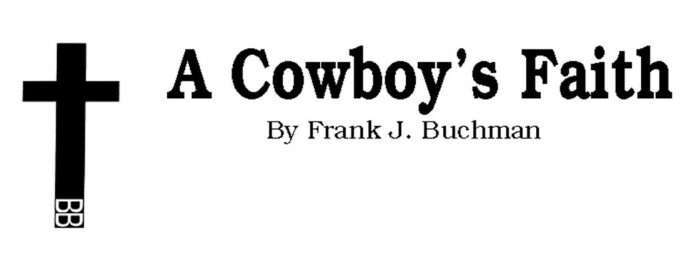“Grasshoppers are sure a menace jumping around when going for a morning horseback ride.”
While there have been no cautionary reports about grasshopper problems this year, there are still a lot of the “bugs.”
It’s easy to see how the thousands jumping around just in a 50-acre brome field could cause damage when multiplied.
Can’t help but think how devastating grasshoppers were in the 1870s and Dirty 30s when swarming to blacken the skies.
People from the 1930s remembered swarms of grasshoppers eating entire crop fields, even farm implements and household items. The grasshoppers would eat anything.
Conventional wisdom was that grasshoppers liked salt, so they would eat wherever perspiration, sweat from livestock and people, landed.
Stan Jensen, a plant scientist, believes that there are natural fungi that control the grasshopper populations in wet years. In dry years, grasshoppers often will thrive.
Walter Schmitt remembered grasshoppers chewing wooden tongues of horse-drawn equipment to get the salt from the sweat that landed there. Others said grasshoppers chewed hoe handles.
Elroy Hoffman recalled being hit in the face by grasshoppers when he was doing tractor field work.
There were recollections of cars squishing so many grasshoppers that the roads became slick. Trains sometimes could not get up hills because the grasshoppers’ bodies “greased” the tracks.
Grasshoppers will hatch into “nymphs” that look like small adults but usually don’t have wings. Nymphs will grow and shed the hard outer casings of their bodies four to eight times before becoming adults. Finally, the adults arrive complete with wings and the ability to reproduce prolifically.
Farmers tried burning, plowing, capturing, and stomping the grasshoppers. Then they mixed wheat bran, molasses and saw dust with water and sodium arsenate. That killed the grasshoppers, but arsenic was hazardous causing respiratory problems for farmers.
Although it didn’t have any effect on populations, grasshoppers were used for fish bait in Beman Creek during the 1950s. Caught in a nearby wheat stubble field, the grasshoppers spit tobacco on hands before being put in a quart jar. On the fishing line hook, grasshoppers were snatched by six-inch bullheads every time.
Reminded that the plague of the locusts was the eighth that God sent upon the Egyptians. They would not let the children of Israel go, as He commanded. In Ecclesiastes12:5: “The grasshopper shall be a burden.”
+++ALLELUIA+++
XVI–37–9-11-2022
Beware Of Those Grasshoppers
A Cowboy’s Faith





